1. Use Bitter Spray to Stop Chewing
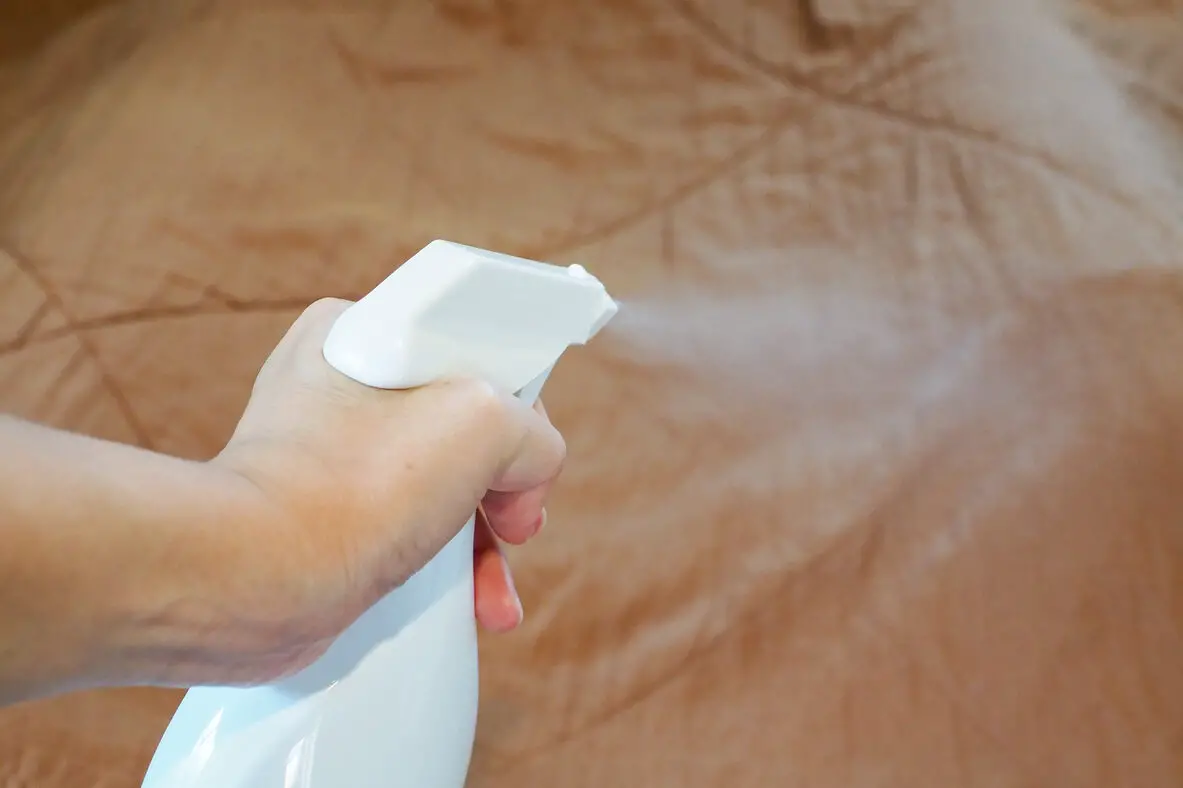
Dogs love to chew—it’s their way of exploring the world, relieving boredom, and sometimes even dealing with anxiety. The problem? They don’t always know the difference between a chew toy and your expensive new shoes. That’s where bitter spray comes in. These sprays are non-toxic but taste absolutely terrible to dogs, making them the perfect deterrent. Simply spray it on furniture legs, remote controls, shoes, or any other household items your pup has a habit of gnawing on.
If you don’t want to buy one, you can make a DIY version using apple cider vinegar and lemon juice mixed with water. Just be sure to test it on a small area first to avoid damage to certain surfaces. This trick not only saves your belongings but also teaches your dog what is (and isn’t) acceptable to chew. Over time, they’ll learn to stick to their actual toys instead. Your furniture—and your wallet—will thank you!
2. Secure Trash Cans with Child Locks
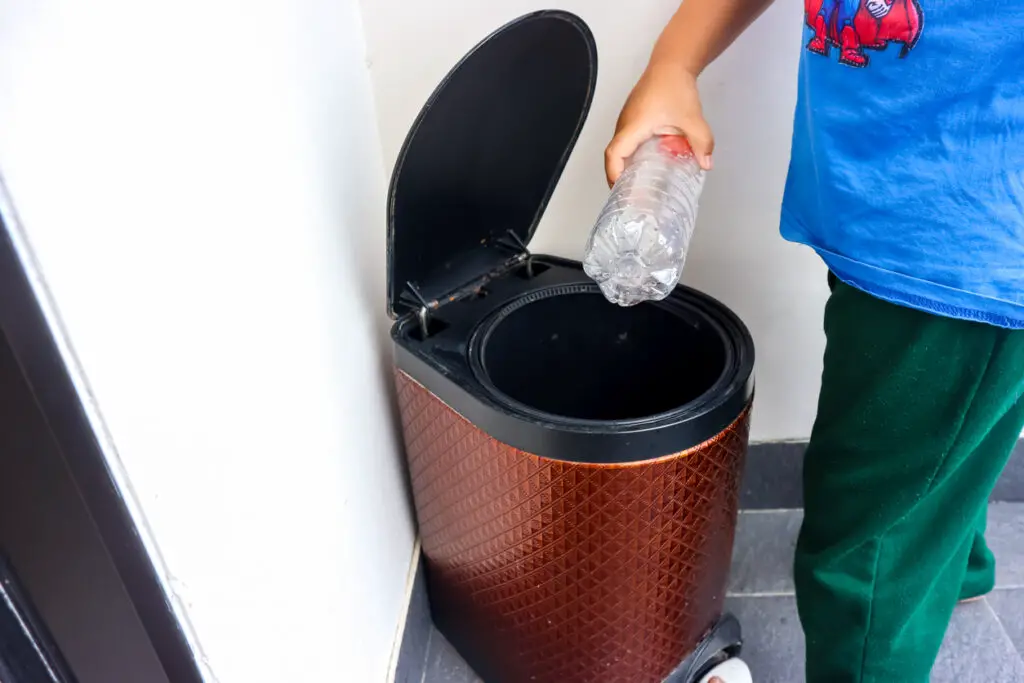
For a dog, a trash can is like a treasure chest filled with exciting (but usually disgusting) surprises. Whether it’s leftovers, coffee grounds, or paper towels, your pup will happily dig in if given the chance. This not only creates a mess but can also be dangerous if they ingest something toxic. To prevent this, invest in a trash can with a locking lid or use child safety locks to secure the lid in place.
You can also place your trash can in a cabinet or high-up location if space allows. If your dog is particularly determined, try using a motion-sensor trash can that only opens for humans. Another trick? Sprinkle baking soda or citrus peels inside the trash to mask any tempting food smells. With these precautions in place, your dog will lose interest, and you won’t have to worry about cleaning up scattered garbage every other day.
3. Protect Cords and Wires with Tubing
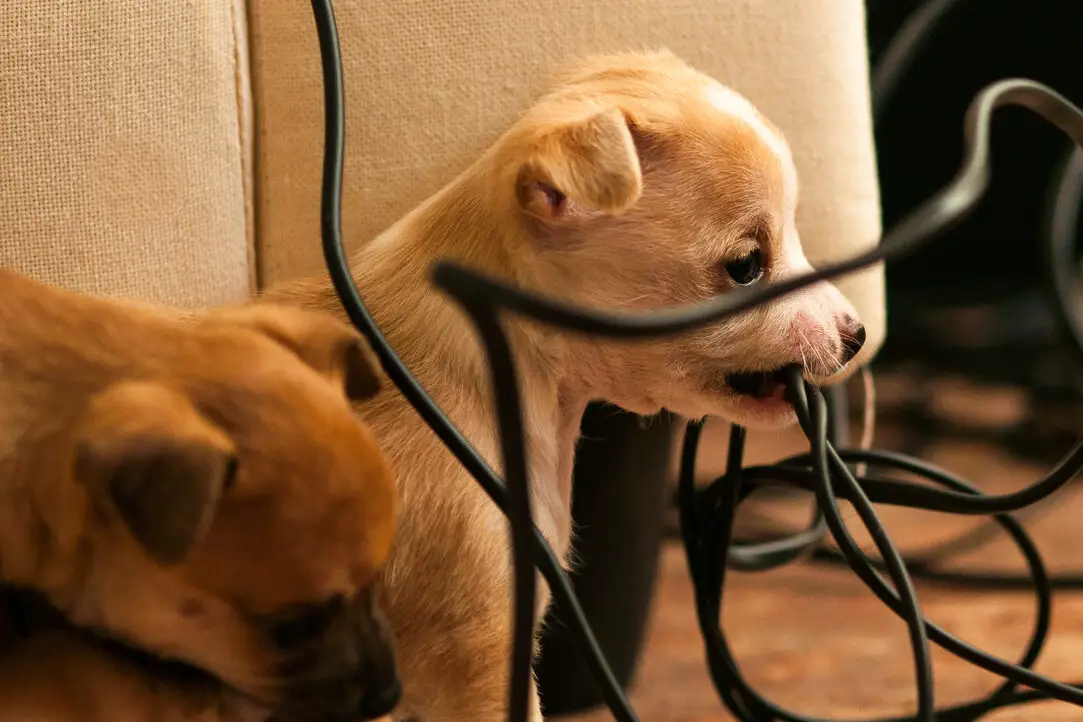
Electrical cords are irresistible to some dogs, especially teething puppies. Unfortunately, chewing on them is not just annoying—it’s dangerous and can lead to serious injuries or even house fires. The best solution is to hide or cover exposed cords. You can use plastic cord protectors, spiral wrap tubing, or even PVC pipes to make them chew-proof. These materials act as a barrier, making it nearly impossible for your dog to sink their teeth in.
If hiding cords isn’t an option, another trick is to use double-sided tape on them. Most dogs hate the sticky texture and will avoid chewing on them after one or two encounters. You can also apply a bit of bitter apple spray for added protection. Redirecting their chewing behavior with appropriate toys helps too—try frozen carrots or rubber chew toys. A little prevention goes a long way in keeping your pup safe and your electronics intact.
4. Install Baby Gates to Block Off No-Go Zones
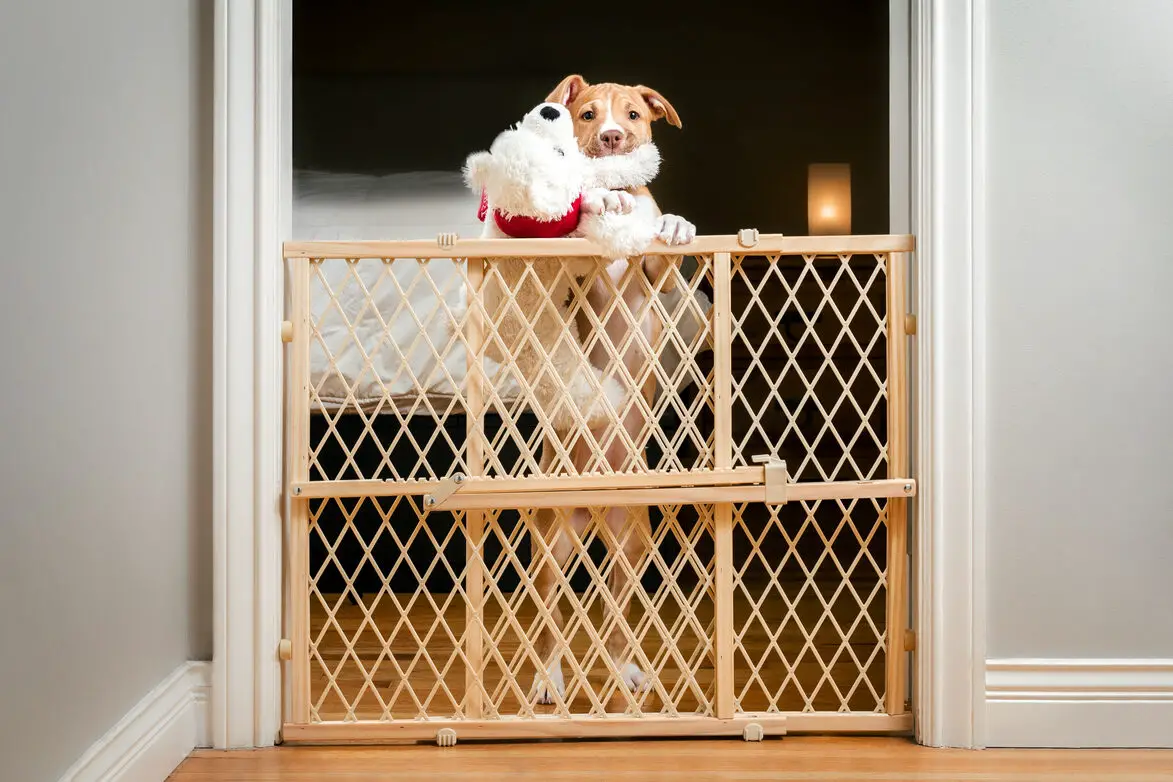
Sometimes, the best way to dog-proof an area is simply to keep your pup out of it. Baby gates are a lifesaver when it comes to blocking off rooms with delicate furniture, kitchens with tempting food, or staircases that could be dangerous. Choose a sturdy, adjustable baby gate that’s tall enough so your dog can’t jump over it. Some even come with walk-through doors for easy human access.
For dogs who are expert escape artists, opt for gates with vertical bars rather than horizontal ones—these prevent climbing. You can also use these gates to create a designated safe space for your pup when you’re not home. Over time, your dog will learn which areas are off-limits, making life a little less stressful for both of you. Bonus: If you have kids, these gates do double duty in keeping both babies and fur babies safe!
5. Cover Couch and Bed with Washable Throws
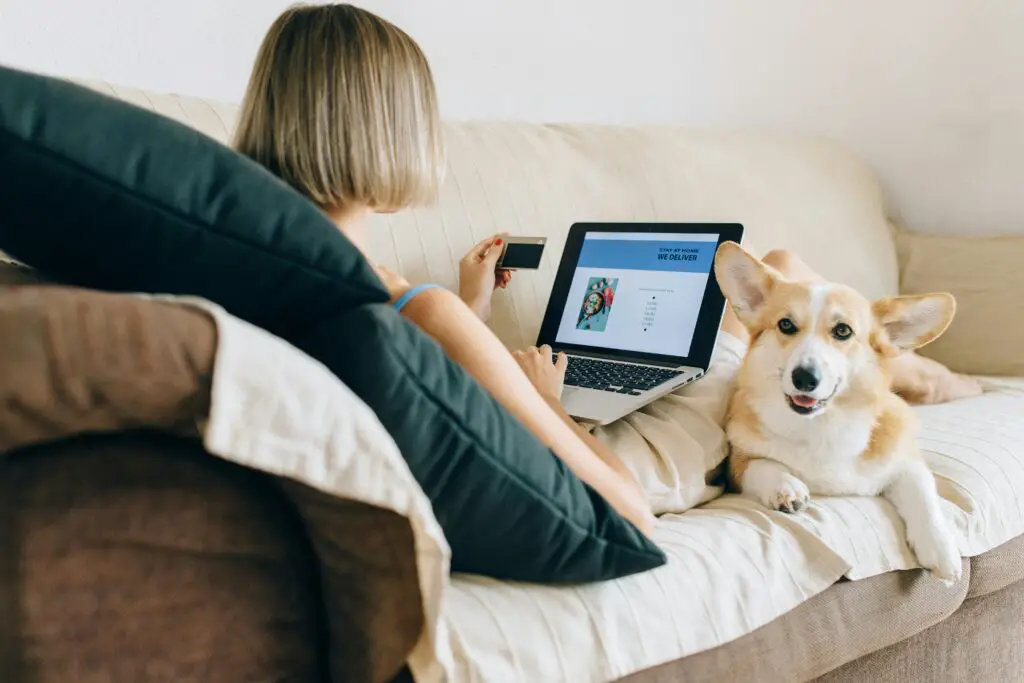
No matter how clean your dog is, fur, dirt, and drool always find a way onto your furniture. Instead of constantly scrubbing your couch or washing expensive upholstery, invest in washable throws or slipcovers. These are easy to toss in the laundry whenever they get too dirty, keeping your furniture looking (and smelling) fresh. Opt for materials that are durable and resistant to pet hair, like microfiber or canvas.
If your dog is a big-time shedder, a lint roller or rubber gloves can help remove excess hair between washes. Another trick? Lightly mist your throw blankets with a fabric spray infused with pet-safe essential oils to neutralize odors. Keeping a designated “dog blanket” on the couch also teaches your pup to stick to one area rather than sprawling out everywhere. Your home stays cleaner, and your pup still gets to lounge in comfort—win-win!
6. Keep Shoes and Small Items Out of Reach
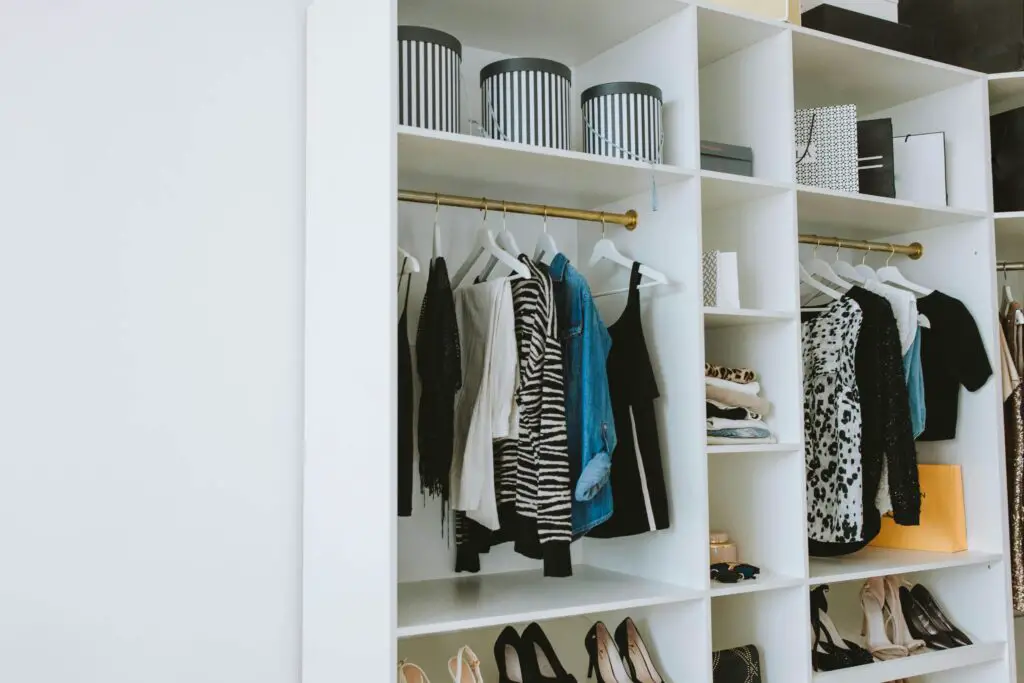
Dogs are naturally curious and love exploring with their mouths, which means anything left on the floor is fair game. Shoes, socks, remote controls, and even eyeglasses can quickly become chew toys if left unattended. The best solution? Keep these items stored out of reach. Use a shoe rack with closed compartments, keep remotes on high shelves, and always put away small objects that could be hazardous.
If your dog is prone to stealing things for attention, make sure they have plenty of engaging toys to keep them occupied. Puzzle toys filled with treats can work wonders in redirecting their energy. Also, reinforcing commands like “leave it” and “drop it” can be incredibly helpful when your pup inevitably gets hold of something they shouldn’t. A little organization goes a long way in saving your favorite belongings—and your sanity.
7. Use Velcro or Sticky Pads to Secure Rugs and Mats
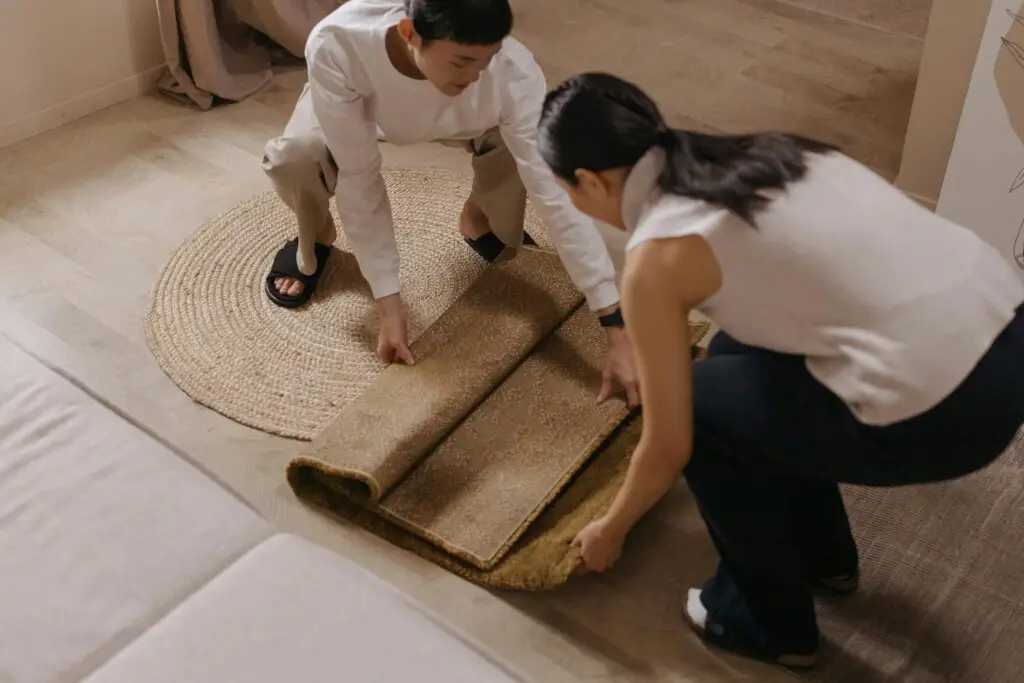
Dogs love to run, jump, and zoom through the house, but that excitement can turn into a slipping hazard when rugs slide out from under them. Not only can this lead to injuries for your pup, but it can also cause damage to your flooring. The easiest way to prevent this is by using Velcro strips or sticky rug pads underneath your rugs and mats. These keep everything securely in place, even when your dog goes on a sprinting spree.
Another option is to invest in heavy-duty, non-slip rugs designed for pet households. These tend to be more durable and easier to clean, which is a win for everyone. If you have a particularly mischievous pup who loves tugging or digging at rugs, consider replacing them with low-pile or tightly woven carpets that are harder to destroy. This simple adjustment can save you from constantly repositioning your rugs—or worse, replacing them entirely!
8. Store Food in Airtight Containers

If you’ve ever left a bag of dog food out in the open, you know how quickly your pup can turn into a master food thief. Many dogs will chew right through the bag, making a massive mess and overeating in the process. To prevent this, transfer all pet food into airtight plastic or metal containers with secure lids. Not only does this keep your dog out, but it also keeps the food fresher for longer and prevents pests like ants and rodents.
Some containers even have built-in scoops, making feeding time easier and mess-free. If your dog has a habit of raiding the pantry, consider installing childproof latches on cabinet doors for extra security. Teaching a strong “leave it” command can also help curb food-stealing behavior over time. Your pup may not appreciate the new security measures, but your floors and your wallet definitely will!
9. Protect Window Blinds and Curtains
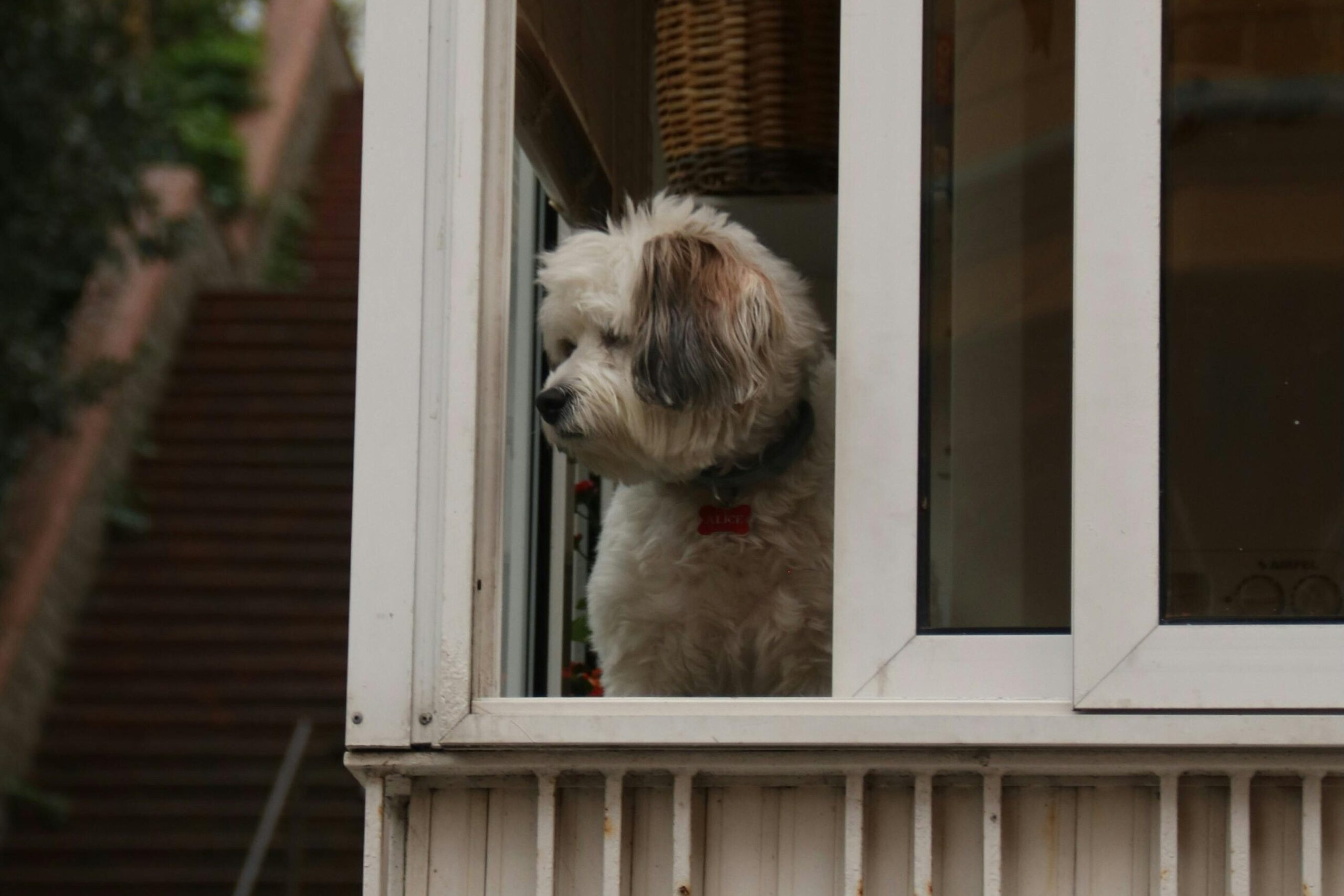
Dogs love to look outside, especially if they’re keeping an eye on the neighborhood (or just waiting for you to come home). The problem? Many dogs get overly excited and end up tangling themselves in curtains or damaging blinds in the process. One easy fix is to shorten hanging curtains so they don’t reach the ground, making them less tempting to pull or chew. For blinds, consider switching to cordless or roll-up styles that won’t be a hazard.
If you prefer to keep your existing blinds, try raising them just enough so your dog can see outside without interference. You can also use a pet-safe spray deterrent to discourage chewing. If your pup tends to scratch at the window in frustration, place a piece of Plexiglass over the lower section of the window to protect it. This way, your dog can still enjoy their favorite pastime—without destroying your home in the process.
10. Keep Indoor Plants Out of Reach
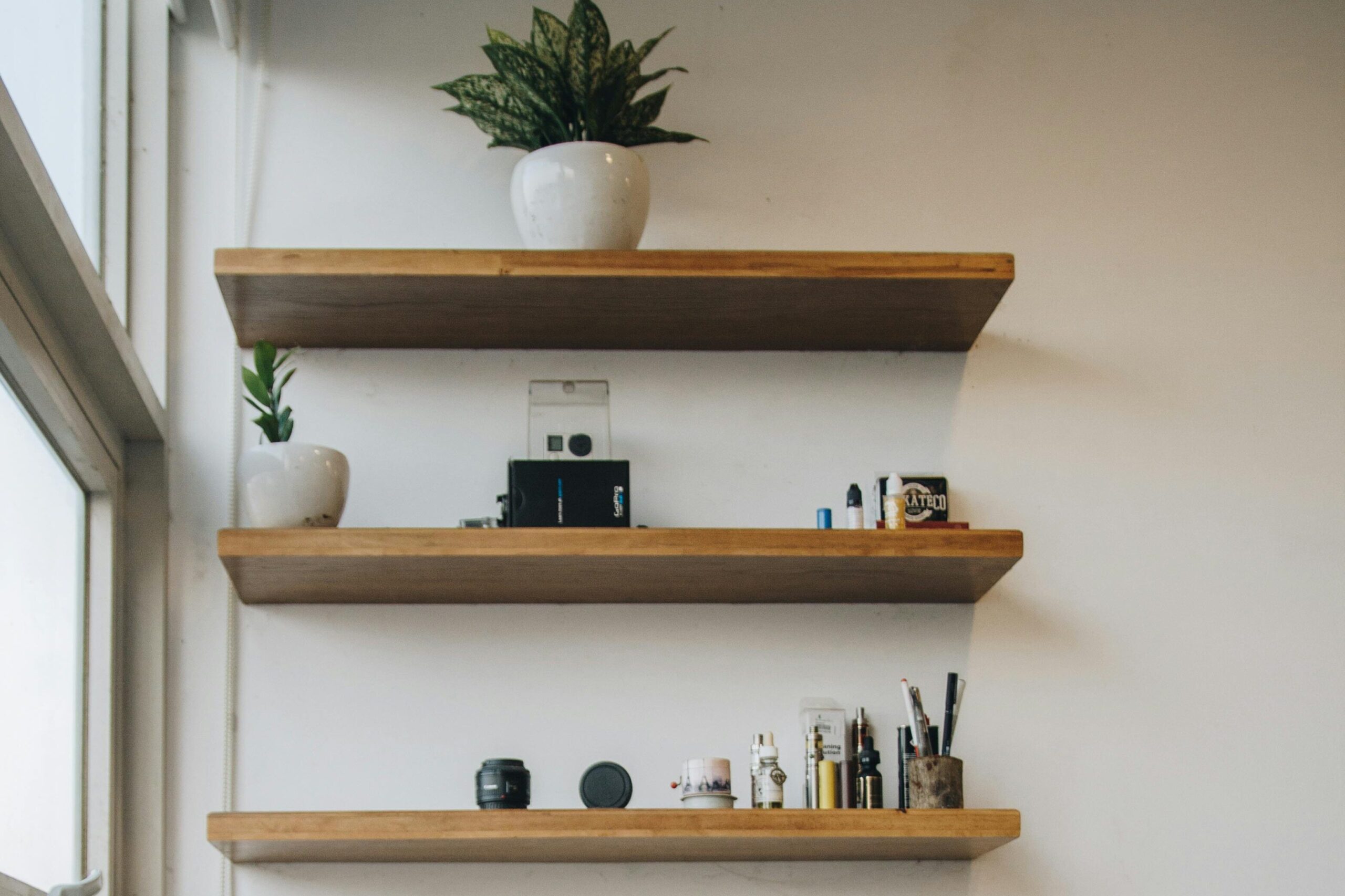
Houseplants add a beautiful touch to your home, but they can also be a hidden danger if your dog decides to take a bite. Many common plants, like pothos, aloe vera, and lilies, are toxic to dogs and can cause serious health issues if ingested. The safest option is to place all plants on high shelves or hang them from the ceiling, well out of reach. If you have larger floor plants, consider using decorative fencing or plant stands to keep them protected.
For dog-friendly alternatives, opt for plants like spider plants, Boston ferns, or parlor palms. Another trick is to sprinkle cinnamon or citrus peels around the soil—dogs tend to dislike these scents, making them a natural deterrent. If your pup still insists on getting too close, providing them with their own designated chew toys can help redirect their curiosity. With a little planning, you can have a lush indoor garden without worrying about your dog’s safety.
11. Cover Furniture with Pet-Resistant Fabrics
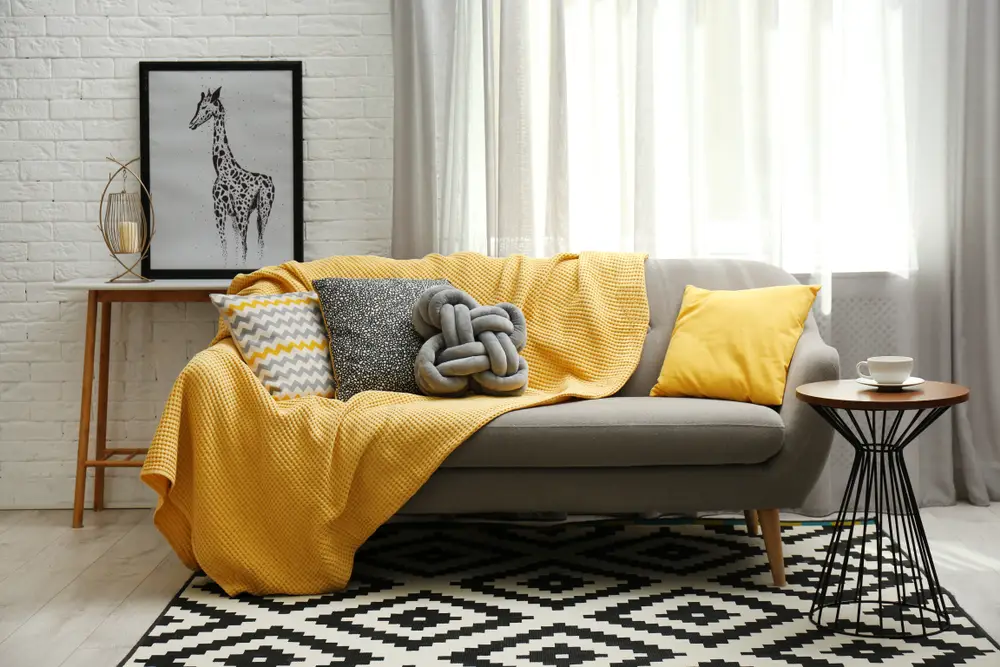
If your dog is a couch potato, you know how quickly pet hair, drool, and scratches can wear down your furniture. Instead of constantly replacing cushions or banning your pup from the couch, consider investing in pet-resistant fabrics. Materials like microfiber, canvas, and leather are much easier to clean and more resistant to scratches than traditional upholstery. If buying new furniture isn’t an option, slipcovers or washable throws can be a lifesaver.
Regularly brushing your dog also helps cut down on shedding, which means less hair stuck to your furniture in the first place. If scratching is an issue, try placing a pet-friendly scratch guard on the sides of your couch or training your dog to use their own designated bed instead. Adding an extra layer of protection can extend the life of your furniture and keep your home looking neat—without sacrificing snuggle time with your furry friend.
12. Set Up a Dog-Friendly Zone
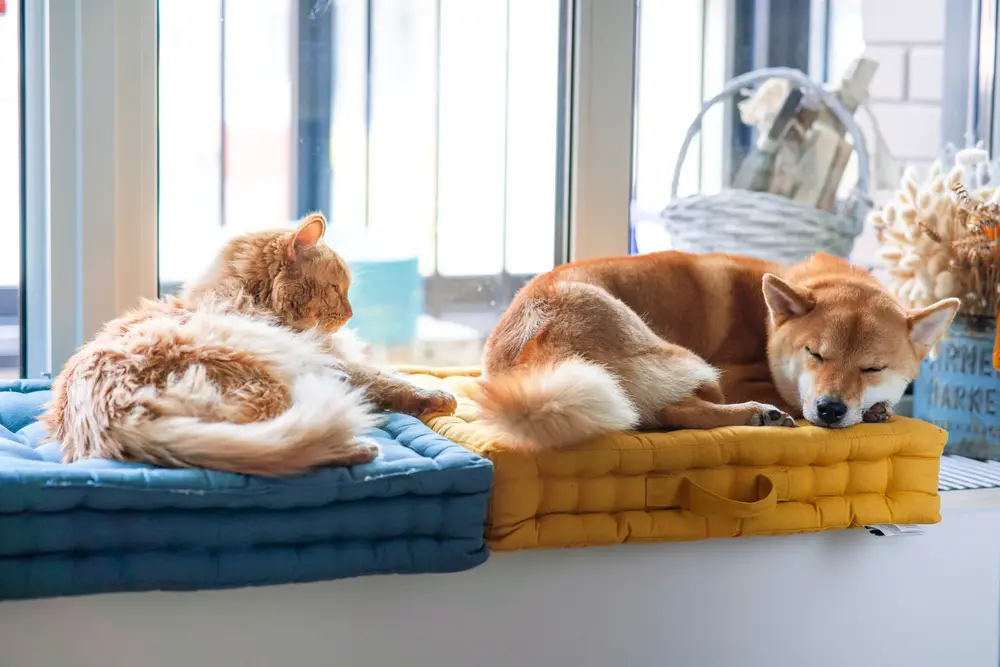
Sometimes, the best way to dog-proof your home is to give your pup their own special space. This can be a cozy corner with a comfortable dog bed, a few favorite toys, and even a small crate if they’re crate-trained. Having a designated area helps reduce the likelihood of your dog roaming the house and getting into trouble. It also gives them a safe retreat when they need a break or feel anxious.
If you have the space, consider setting up a small indoor playpen for puppies or high-energy dogs who need extra boundaries. Make sure the area is free from any hazards like electrical cords, small objects, or anything they might chew on. Over time, your dog will learn to associate this space with comfort and relaxation. And when your pup is happy and stress-free, your home (and your sanity) will be too!


